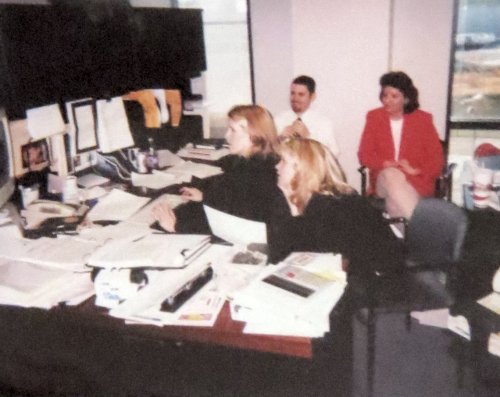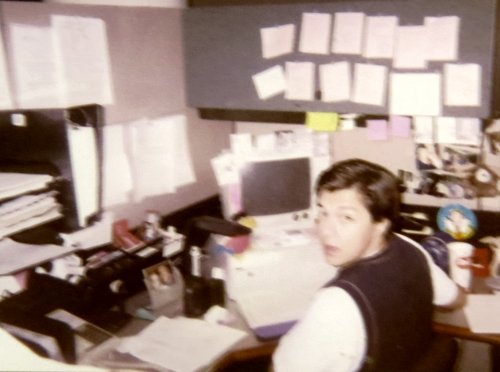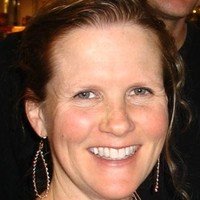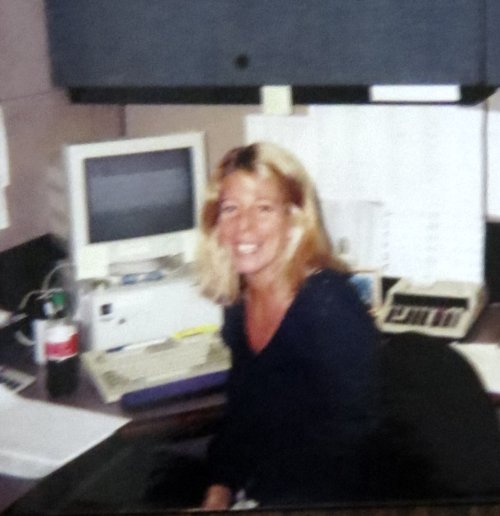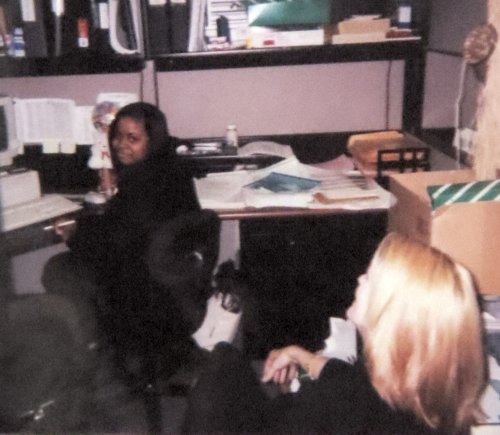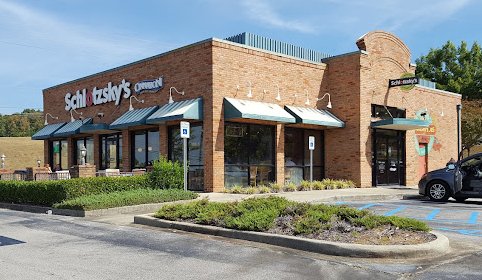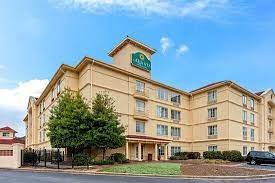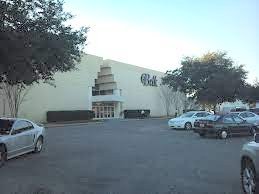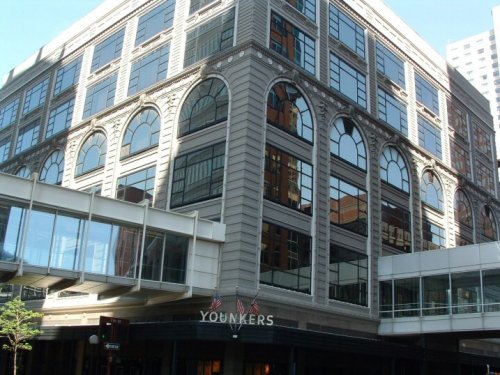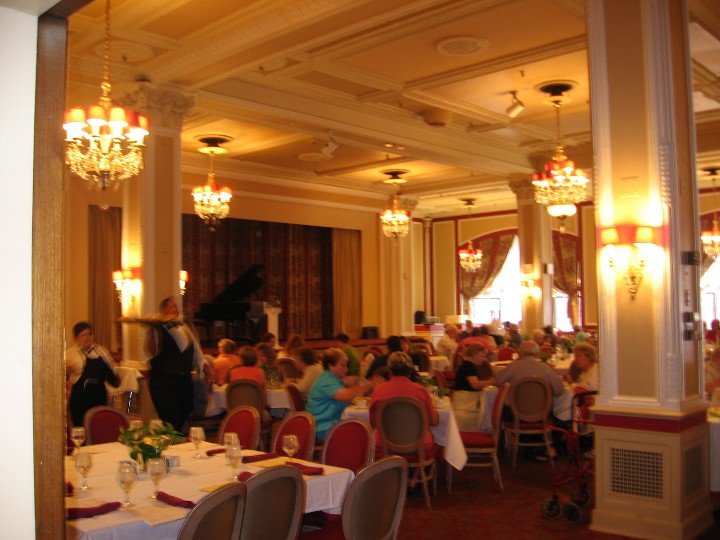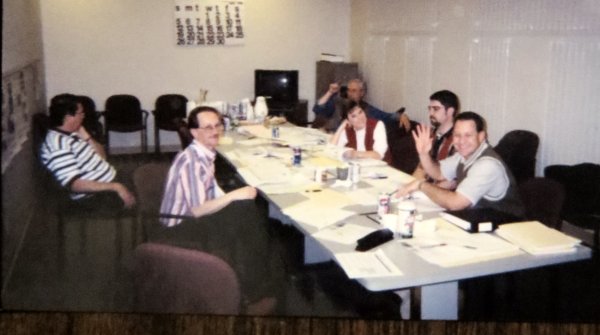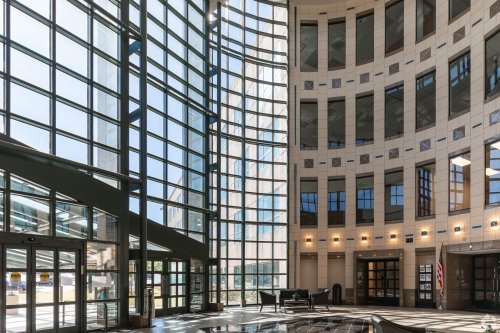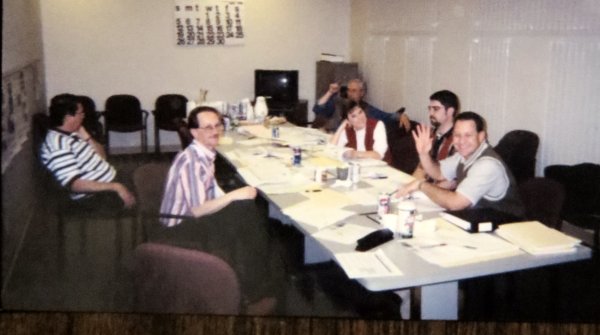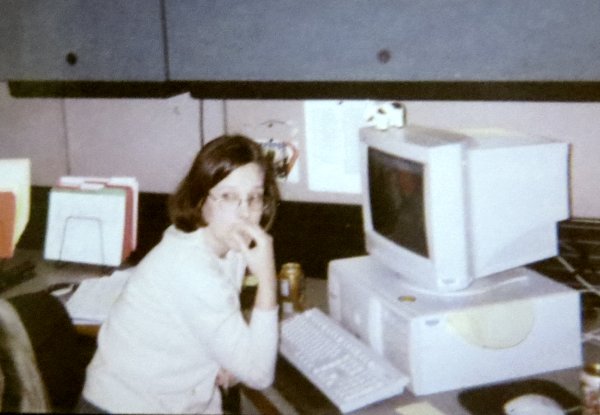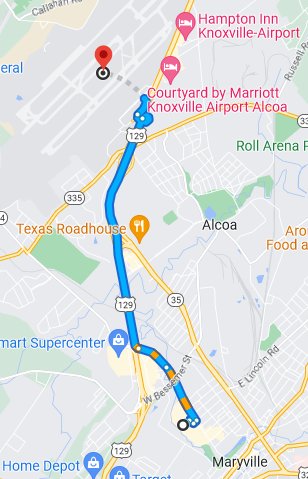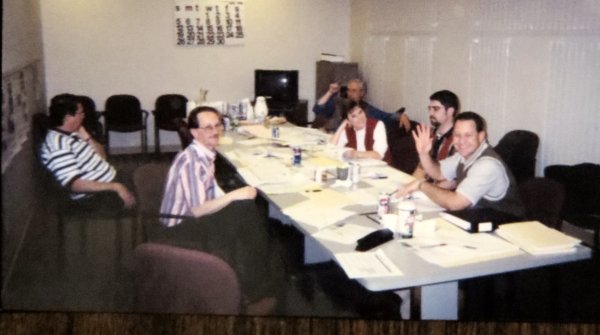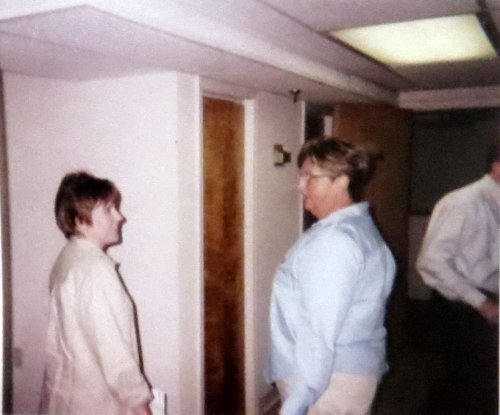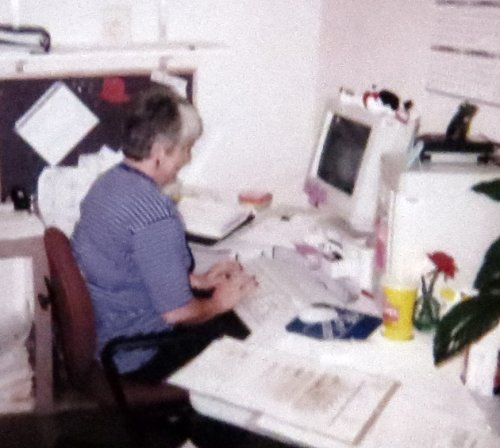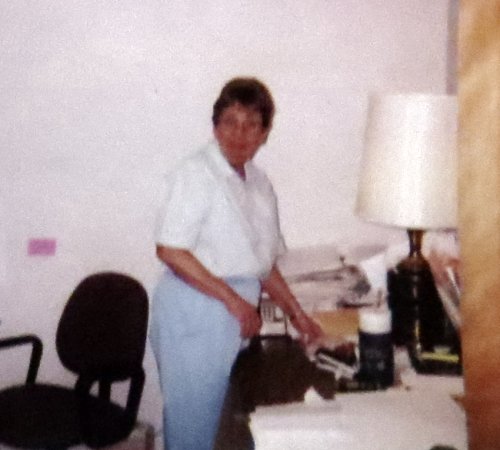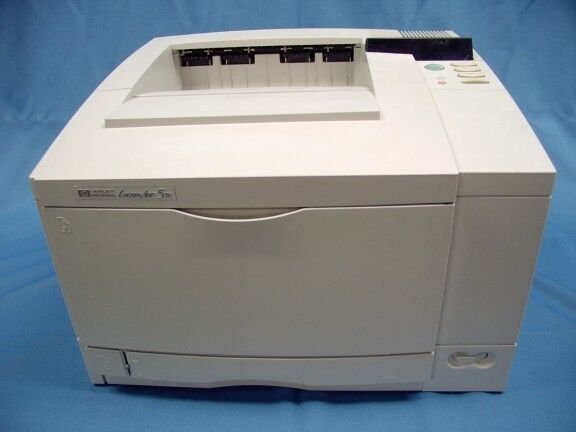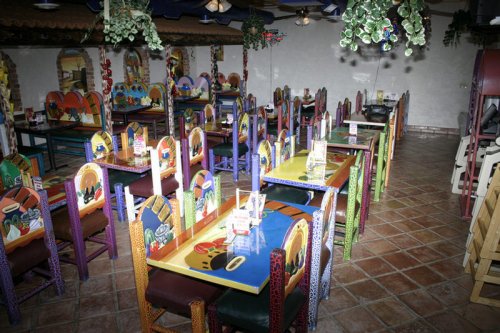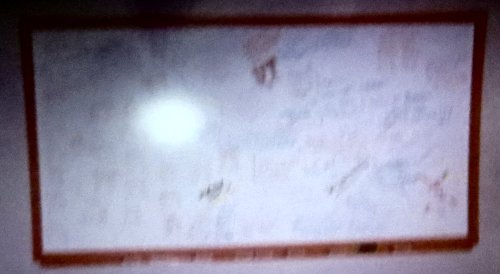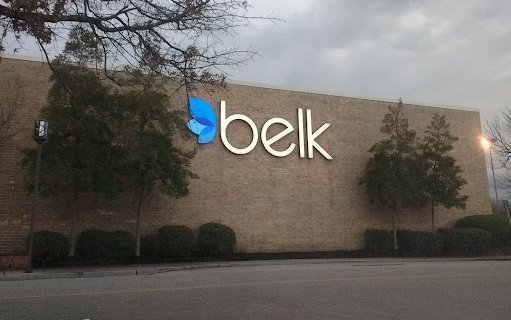Saks Inc. division based in Birmingham, AL. Continue reading
Parisian, based in Birmingham, AL, was a little different from the other divisions of Proffitt’s Inc.1 (later renamed Saks Inc.). Its stores were somewhat upscale, but they seldom went head-to-head with Saks or Neiman Marcus in major markets. Parisian was acquired by Proffitt’s Inc. in 1996, and the corporate headquarters was immediately moved to the beautiful Parisian building at 750 Lakeshore Parkway on the north side of Birmingham. By that time Proffitt’s Marketing Group (PMG) had already decided to implement the AdDept system at all divisions. Therefore, I never made a presentation or demo for Parisian.
I flew to Birmingham and installed the AdDept system in January of 1999. After that day I never laid eyes on the AS/400 or the system console. They were kept in a closet somewhere in the headquarters building. Parisian’s advertising department was located, if memory serves, on the second floor. PMG was on the ground floor. The AdDept users signed on through the network. TSI had nothing to do with the connectivity.
This was a very strange installation. The personnel in the advertising department were not like those that I encountered anywhere else. Aside from the Senior VP, almost everyone else at every level was female. Moreover, every time that I went there, there seemed to be a large number of new people who needed to learn how to use AdDept. Finally, a very high percentage of these women were strikingly good-looking and blonde, and almost all of them dressed much more stylishly than I had seen at any other location, including Saks Fifth Avenue and Neiman Marcus.2 At those two locations the executives and the people who dealt with customers dressed to kill, but those standards were not imposed on clerical workers.
I have found quite a few photos of the people at Parisian, and the names of the employees are indicated on some of them. I also have some notes beginning in 1999 that included more names. I have very clear memories of only two people, Cheryl Sides1, who was the official liaison for the AdDept system, and Sally Carter, the manager of the business office. Cheryl was there from the time of the installation up to the demise of the chain. Sally was replaced by Barry Cleavelin in 2001.
For the first year or so the Divisional VP was Alan Seitel5. The Senior VP for most of the period in question was Bob Ferguson, who came over from Younkers6. He was succeeded by Gary Yiatchos7.
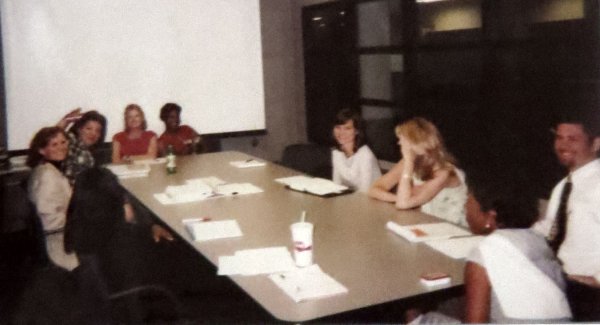
The people: I could hardly believe how many names were recorded in my notes or beside my photographs. I have almost no memories of any of these people. If my notes included a description of their role at the Parisian, I have included it in their entry in this list:
- It seems incredible that I remember nothing about Diane Vogel, who was the Advertising Director at Parisian from 1996 on. I must have had several meetings with her. Her LinkedIn page can be found here.
- Kimberly Weld would have won the national title if there had been a Miss ROP Coordinator contest. Her LinkedIn page is here.
- David Dollar was the Co-op Coordinator. I seem to remember that he kept a lot of food in his desk.
- I think that Dottie Collins might have handled Co-op advertising before David Dollar. Her LinkedIn page is here, but it contains no useful information.
- I mostly remember Kim Woolf as the other Kim. She might have been involved with direct mail I found her LinkedIn page here.
- Regaye Fulcher sat next to Kim Woolf in one photo. She may have worked with or for her. Her LinkedIn page is posted here
- Ginger Brown worked in direct mail.
- Colin Mitchell (a woman) was in charge of insertion orders for the newspapers.
- Karen Kennedy worked in the production side of direct mail.
- In 2000 Kelley Carter was in charge of co-op.
- The next year it was taken over by Mollie Donohue. Her LinkedIn page is here.
- I met two new people on my last trip to Parisian in 2005. The first was named Justin Walker. I wrote, “Justin Walker, whose title is director of eBusiness, is, I think, the resident techy for the Parisian division.” His LinkedIn page is here.
- The other newcomer in 2005 was Luann Carter who came from Proffitt’s I think that she was in charge of trafficking production jobs. Her LinkedIn page is here.
- I remember nothing about any of the following people whose name I recorded at some point: Annissa Kennedy, Angela Dawkins, Renita Lewis, and Kelly Denney.
The installation: This was one of TSI’s most frustrating installations. The only difficult thing that they asked for was Bob Ferguson’s calendar. They printed it on a Canon color copier that used Postscript rather than a version of PCL, the Hewlett-Packer language. I said that I would look into it, but I don’t think that we ever even quoted doing it.
This should have been an easy installation, but it wasn’t. They seemed to have difficulty getting even basic programs to work for them. Some of the problems were just bizarre. In 2000 I reported, “CHKFAXSTS doesn’t work on Colin’s Mac. No matter what option you put in, the program interprets it as a 4. This is one of the more bizarre problems that I have encountered.” CHKFAXSTS is an IBM program; no other AdDept user ever had any problem with it.
In April of 2000 I described some of the other difficulties.
Saks Inc. is putting pressure on Sally Carter to use AdDept to do closings. She told Sandy that she doesn’t want to use it because she doesn’t think that it works. We helped her through some problems today with the P.O. accrual program. I should have gone over the closing programs with her in more detail when I was there, but there was just no time. Wednesday I found a bug that threw off the journal entry by $1 million. I fixed it easily, but we looked bad.
This is another face of our usual problem. I have spent an inordinate amount of time at Parisian providing basic 5250 training to people that do not use the system at all and never will. I have also spent a lot of time writing custom programs (mostly their funky advertising schedule) and more than a little time twiddling my thumbs. I have spent no time with Sally to speak of before the last trip. Most of that was spent getting the store allocations to work.
I also reported that in November of 2000 I was asked to train a whole new group of employees in a classroom setting. It did not go well at all:
The people in my class on Friday – who seemed reasonably intelligent to me – retained absolutely nothing. Either I am a much worse teacher than I think that I am or people in this type of setting do not think that they are expected to remember anything.
When Barry replaced Sally, I needed to spend several days with him to help him get up to speed on the AdDept processes. During that period we discovered several things that had been handled incorrectly in the past.
Life in Birmingham: I did not hate Birmingham as much as I hated Jackson, MS, the home of McRae’s. Jackson made me feel angry and frustrated. In Birmingham I just felt uncomfortable.
My records indicated that I ate a lot of lunches at Cia’s, which was inside the Parisian building. I have no vivid recollections of any of them
Most evenings I picked up a sandwich at Schlotzsky’s Deli. I remember that I ordered the same thing every time. It might have been a Reuben; that was my most common order at a deli.
I distinctly remember eating at a small Italian restaurant inside a mall. Ordering was done at the counter. I asked for spaghetti and meat sauce. The man at the counter mumbled something that I could not understand. I asked him to say it again. He did, but I still had no idea what he was asking me. I just said, “Yes.” Twenty years later I still have no idea what I agreed to.
At least once Steve VeZain of PMG took me out to his favorite restaurant, Joe’s Crab Shack.
For most of my visits I stayed in the nearby La Quinta. It seemed to cater mostly to golfers who came to play the courses on the Robert Trent Jones Golf Trail. The thing that I noted the most about them was that many of them wore leather shoes with no socks. I had never seen this before, and it struck me as being both uncomfortable and unsanitary.
After work I usually jogged five or six miles on paths up and down the highway that ran between the hotel and Parisian. It was not the greatest place to run. Not only was it a little dangerous, but the noise was also disturbing. I had to wear my Bose headphones while I listened to operatic music or instructional tape.
The La Quinta had a pool and a small hot tub. Both of them were outdoors. The first time that I stayed I was able to use the hot tub after my run undisturbed. On all subsequent occasions the hot tub was occupied by golfers. On my last visit I gave up on La Quinta and stayed at a Hampton Inn.
I wrote the following on November 9, 2000:
When I was in Portland early in the year I had enough time to change my clothes before taking the red-eye back to the east. I changed in an extremely cramped stall in the men’s room. When I got home I realized that I was missing one of my wing-tips. I must have left it in the stall. I never threw the remaining shoe away because I thought that I might be able to find the missing one somewhere. After a while I forgot about it.
I went to the store to buy a new pair of dress shoes. I did not want another pair of wing-tips, but the only reasonable ones I could find were wing-tips, so that is what I bought.
This morning I was congratulating myself on forgetting nothing more important than a t-shirt to wear running. I started to put on my shoes. Both of them were right shoes. I evidently picked up the extra shoe by mistake.
I had to make an emergency run to Walmart. It was an unpleasant experience, but I managed to find one pair of shoes that are reasonably dressy (i.e., not hiking boots) in my size. They were on sale for $12.97.
They would not take my new American Express card at Walmart for some reason. I have used it twice.
Epilogue: In August of 2006 Belk8 purchased the Parisian stores. The management of the advertising was immediately moved to Belk’s headquarters in Charlotte, NC. The five northern stores were sold by Belk to Bon Ton. Some southern stores were closed immediately. The signage on the remaining ones was changed to the Belk nameplate in 2007. Three northern stores continued to operate under their original name until 2013.
1. My experiences working with Proffitt’s Inc. and PMG are detailed here.
2. Most of my trips to Parisian were after the holding company had changed its name to Saks Inc. in 1998. My theory is that the women who applied for jobs in that building, which was the corporate headquarters for Saks Inc., thought that they were applying for a job at Saks Fifth Avenue. Thus, many of those attracted might have envisioned a career at the famous luxury store. After they learned about the other divisions and the pedestrian jobs involved in managing retail, they moved on. This is all just speculation, but I know that the guys in PMG spent as much time upstairs as they could.
3. Cheryl’s last name was, according to the designations on the photos, Sides. However, I also found Sipes and Sykes in the notes. I am not sure what Cheryl did at Parisian beside act as liaison with TSI; she definitely was good at that. I searched the Internet using all three last names but found nothing.
4. I found nothing on the Internet about Sally Carter, Barry Cleavelin’s LinkedIn page can be found here.
5. Alan Seitel’s LinkedIn page is here.
6. The history of the AdDept installation at Younkers is posted here.
7. I met Gary Yiatchos when I flew to Seattle for the presentation of the AdDept system to the advertising department of the Bon Marché. That adventure is described here.
8. The history of the AdDept installation at Belk is posted here.


